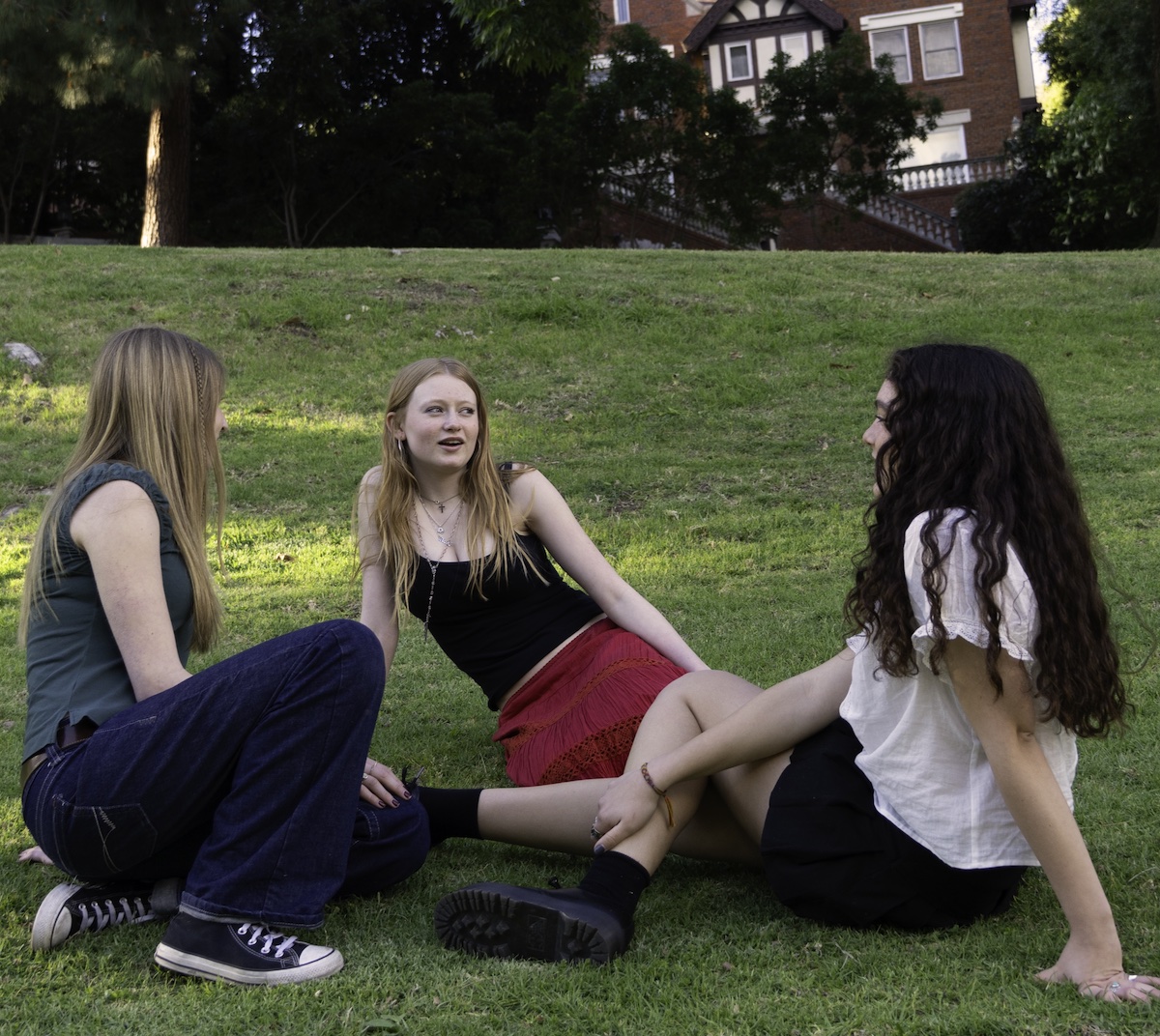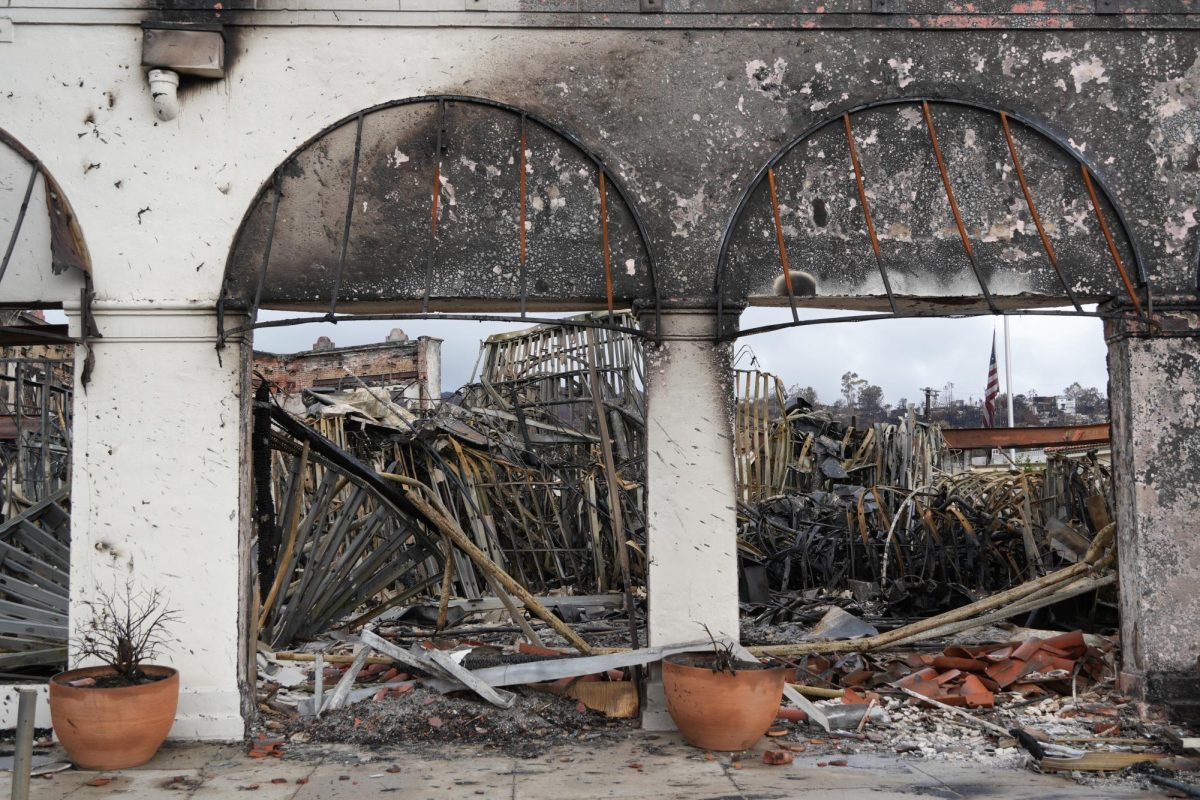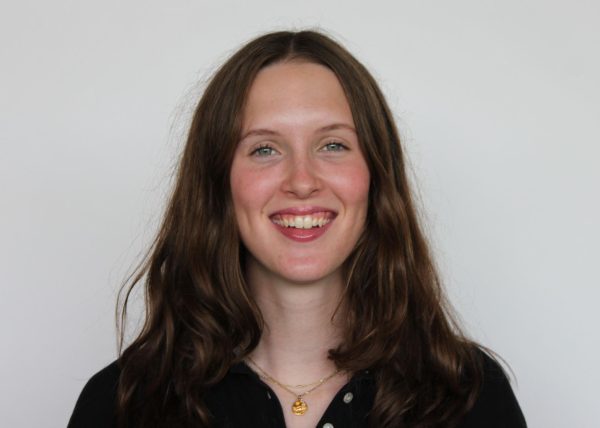At private female educational institutions across the nation, students have increasingly identified as transgender and non-binary. Educators at these schools are grappling with how to preserve their missions of empowering women while also supporting the identities of all students.
Creating policies and protocols addressing those who do not conform to traditional gender conventions has been a challenge for girls’ high schools and colleges. A lack of clarity surrounding the admission of transgender and non-binary students was a hallmark for single-sex institutions in the past, and for some girls’ schools today, this ambiguity continues.
Admitting a transgender woman into a female institution is a conversation that has had varying results at different independent girls’ schools and colleges across the nation; some schools have opposed admission of these students while others have decided to admit transgender women. Additionally, many schools are trying to address how to remain inclusive towards gender non-conforming students while also retaining their original identities as female institutions.
While there is no universal consensus on how to best support all students within girls’ schools, some institutions have already formulated policies that cater towards gender non-conforming students. Schools including Westridge, a girls’ school that runs grades 4-12 in Pasadena, CA, have committed to considering “any student who consistently lives and identifies as a girl,” meaning that transgender women could be admitted.
Additionally, many girls’ schools struggle with whether to allow continued enrollment of a student who comes out as no longer female while attending their school. Some girls’ schools decide on an individualized basis if a student who comes out as no longer female will stay. Nightingale-Bamford, an independent K-12 girls’ school in New York City, takes a case-by-case position, which is based on the individual student’s needs and wishes, on whether to continue enrollment for a transitioning student. Similarly to Westridge, the school consults with students who identify as male or gender-nonconforming to determine whether staying at a girls’ institution is still the best choice for the student.
“These are our students, and wherever they are on their individual journeys we’re going to support them, it’s that simple” Westridge School’s Director of Upper School Gary Baldwin said.
Westridge and other girls’ schools such as Brearley, a K-12 school in New York City, also continue to refer to students en masse with female pronouns to preserve their identity as a girls’ school. Other schools have begun to refer to large groups of students with gender neutral pronouns or terms such as “students” to respect the identities of non-binary and transitioning students.
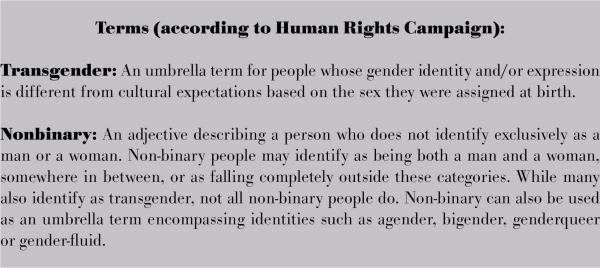
Similar to girls’ high schools and middle schools, women’s colleges are also trying to navigate enrollment and admissions for gender non-conforming students. Changes regarding admissions for transgender students at women’s colleges have also occurred over the past decade. The first women’s college to announce a transgender and non-binary policy for admission and enrollment was Mills College (a former women’s college in Oakland, CA) in 2014. In recent years, over a dozen women’s colleges have formulated admissions procedures for transgender students.
Of the 40 women’s colleges around the country, Vox found that in 2017, 26 women’s colleges claim they admit some transgender students. In fact, colleges such as Mount Holyoke in Massachusetts admit those who identify as non-binary. A select few historically women’s colleges such as Wellesley College in Massachusetts have recently decided to admit transgender men.
To support transitioning and non-binary students, some girls’ institutions have continued to develop support systems. Westridge School has developed task forces addressing gender non-conforming and transitioning students. Barnard College in New York City has created a transgender support group and hired an LGBTQ+ outreach coordinator to support students. Many students are supportive of these new systems that empower transgender and non-binary students on campuses.
“If you’re going to change the admissions policy, you need to really make sure that your campus supports the flourishing of trans students,” alumni of Mount Holyoke College Emily Jetmore said to Vox in 2014.
Just like other girls’ schools and historically women’s colleges across the country, Marlborough has its own unique relationship with gender identity. Marlborough identifies as a girls’ school, which means that the school admits students who identify as girls. Unlike other girls’ school’s admissions processes, Marlborough does not require applicants to provide their gender identity or birth certificate. Additionally, Marlborough recently stopped referring to itself as an “all girls school” and has since used the term “girls’ school.”
“Marlborough practices using ‘girls’ school’ instead of ‘all-girls school’ so that we acknowledge that not all of our students identify as girls,” Director of Equity and Inclusion Jenn Wells said. “While small, we hope this more speaks to the identity of the School, rather than the identity of our students.”
If a student stops identifying as a girl, the School remains committed to supporting the individual throughout their time at Marlborough. The School aims to support students who don’t identify as girls, as opposed to forcing them to transfer to other schools.
“In my position, I have worked with other Marlborough School leaders to provide gender inclusion training for all faculty and staff, where we have addressed issues such as assisting students who are discussing identity development, gender-inclusive language and gender-inclusive practices,” Wells said. “As the global conversation and understanding about gender identity and expression continues to evolve, Marlborough School leadership will continue to ensure that we are supporting all students and their identity development.”
Marlborough is a part of the International Coalition of Girls’ Schools (ICGS), which is a group of approximately 375 girls’ schools aiming to give professional guidance to girls’ schools. According to ICGS’s “Transgender Mission Statement,” they do not have a uniform policy that applies to all members. Instead, it encourages schools to act in alignment with their core values when it comes to considering gender-based admissions and retention for transgender students.
“What we’ve come to again and again over the years is that each school needs to look at their mission, their culture and their community to decide what this journey looks like for that particular school given those pieces,” Head of School and ICGS Board Member Jennifer Ciccarelli said. “A school in Los Angeles, California, like Marlborough is very different from a school in New Orleans, Louisiana, in Boston, Massachusetts, or in Dallas, Texas.”
To Ciccarelli, Marlborough is a good example of ICGS’s recommendation for each school to act in accordance with their mission statements.
“What I like about the policy that we have at Marlborough is that I think it is very well aligned with who we are as a school, which is that we center students always, we think about what kinds of systems and processes can be supportive of each individual student and then, we’re also self reflective to say what worked and what didn’t work, what might we do differently next time and are there things that we can do as a matter of practice that we can do consistently,” Ciccarelli said.
In addition to the shift away from Marlborough identifying as an all-girls school and stepping towards inclusive practices for students of all genders, Ciccarelli still emphasizes the importance of girls’ schools.
“I happen to believe that girls’ schools play a big role in breaking down some of those [patriarchal] barriers [in male dominated industries],” Ciccarelli said. “I would love us to success our way out of the need for girls’ schools.”
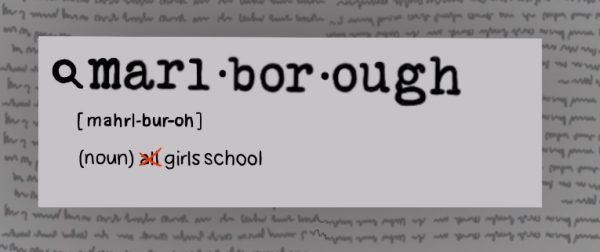
In a survey sent out to the community, students answered questions regarding why they chose to attend a girls’ school, their views on changes made towards inclusivity and where Marlborough could be more inclusive. To some students, Marlborough’s identity as a girls’ school was a major factor in why they attended the school.
“I also loved that Marlborough had a community where my voice wouldn’t be suppressed or spoken over because of my gender and that my opportunities (especially those in STEM) wouldn’t be limited because the majority of participants were male,” one student said.
Students expressed a variety of opinions on Marlborough’s branding as a “girls’ school” as opposed to an “all-girls school.” Some remarked that the change takes away from Marlborough’s tradition as an “all-girls school.”
“I think that being an all-girls school is Marlborough’s foundation, and the fact that it is no longer ‘all girls’ is the reason I’ve chosen to leave Marlborough,” one student said.
Others claimed this change was for the better and in line with the school’s emphasis on inclusion.
“I think that it doesn’t really change the values Marlborough stands for, in fact, I think it supports Marlborough’s values even more,” one student respondent said. “I also think because not every student identifies as a “girl,” it’s important to make them feel the same amount of representation.”
In terms of Marlborough being inclusive, a handful of students suggested that the school could improve. One issue that came up multiple times in the survey responses was that transgender students’ birth names are publicly accessible in the directory. The most common concern was the frequent use of gendered language.
“We still use primarily gendered language, and I think that from facultyand guest perspectives, that makes sense; most people are used to making assumptions about the gender constitution at Marlborough,” another student said. “Marlborough as an institution was never built to be inclusive, not just of varied gender identities, but also of different identities outside of gender, and I think it’s going to take a lot of work to account for decades of homogeneity in culture and policy.”
Others said the school was inclusive, citing practices like sharing pronouns, pants and shorts being in uniform and transgender students being welcomed to stay at the school after they transition.
“I think Marlborough has taken it as far as they can possibly go as a girls’ school,” one student said. “It’s completely understandable that during the formative years of 12-18, someone’s gender identity could shift around, and I think the school understands this but also recognizes there’s only so much that can be done at a girls’ school.”
On the topic of gender-based admissions, students proposed a variety of factors they considered potentially important. Some students sought to extend Marlborough’s history of fighting against gender inequity beyond cisgender women.
“Maybe [Marlborough should] accept people of genders which are marginalized in society,” a student said. “Marlborough’s main values seem to include standing up to a patriarchal society, so this might make sense.”
However, a few students expressed that identifying as a girl is crucial to the admissions process.
“I think it is important to remember that Marlborough has always been, and is, a girls’ school,” another student said. “This is what attracted me to Marlborough in the first place, as I was searching for a school that I knew would nurture my self-confidence and would allow me to truly feel comfortable in expressing my opinions, both in class and outside.
Ultimately, the current admissions policy leaves it up to applicants to consider whether or not they feel comfortable attending a girls’ establishment. One student, Rhonie Friedman ‘27, emphasizes the importance of the school’s room for individual choice and identity exploration.
“I don’t identify as a girl, but I go to a girls’ school because I transitioned mid-way through, and I think it’s a good thing that it’s like that,” Friedman said. “But also identity is a weird thing, and I think it’s just up to how people personally identify to decide if Marlborough is the right fit for them.”




